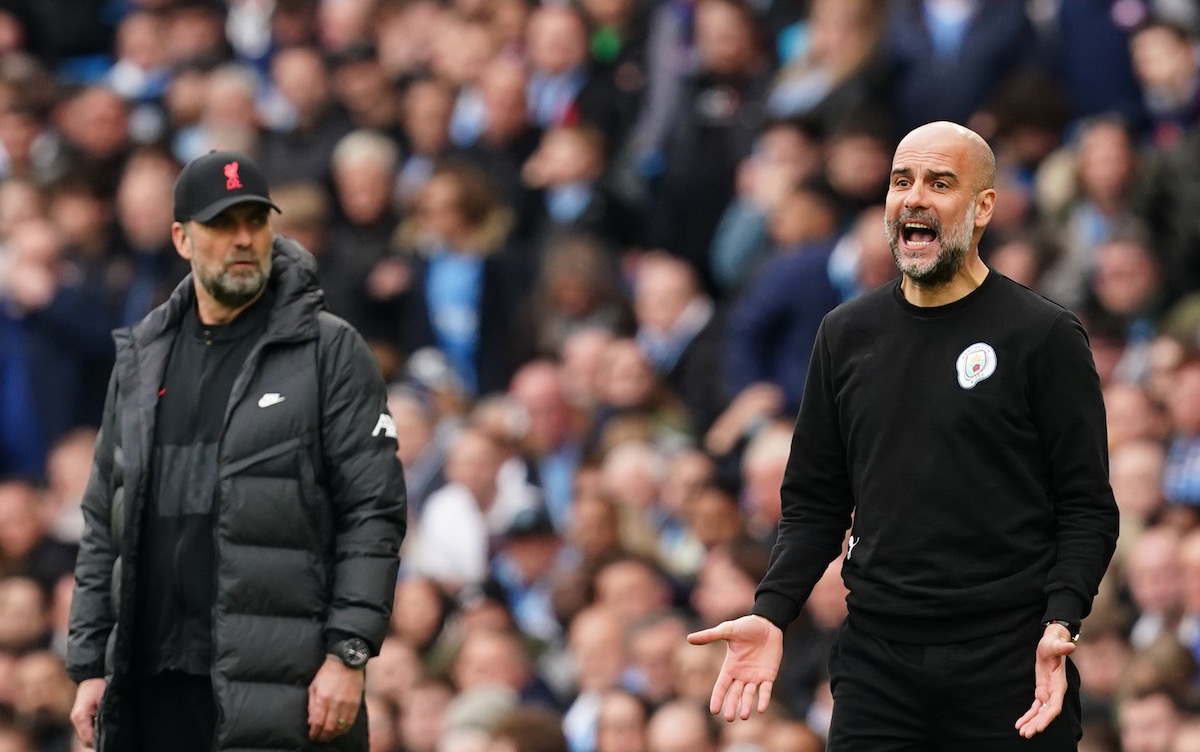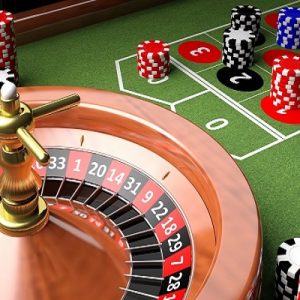Noel Tosi* is a very experienced coach who has traveled on several continents, managed dozens of clubs and was a coach in Africa, giving us his column every Monday.
Are new game projects geared toward acquisition an obstacle to offensive play? This is the question I asked myself this week. In fact, this new way of developing a game, starting from the back, and building its game project on saves, should allow us this thinking. Didn’t we remove some kind of offensive madness from the game?
I’m not against this kind of style, it’s a noble style, and I must admit that many coaches and many teams practice this way of doing things.
Possession game pros and cons
Regarding the positive points, it is undeniable that keeping the ball allows the team with the ball to defend less. Along the same lines, it is clear that this team will prefer directed attacks, which will become an undeniable specialty and will allow a clear mastery of the game.
However, we see that with Paris Saint-Germain, when the ball goes out under pressure, it is possible to find spaces, with the possibility of a quick attack with Kylian Mbappe.
Both forms of attack are possible, knowing that the second would definitely be more dangerous for an offensive transition.
Attacks placed against a varying defense will come. But it is a voluntary choice. This method is often called the new “Game Center” (Center game), because it allows you to control your opponent due to the position and movement of players on the field. It’s a new approach to understanding and seeing the game, and in short, two critical elements: possession and quick recovery.
This gameplay, this particular one, places players at different pitch heights, widths, and depths. Not to be confused with counterpressing which allows for a quick recovery after losing the ball.
The most important five seconds in the world…
To illustrate my observations, we will start from the premise that PSG and Pochettino are adept at positional play, which makes it possible to generate positions of numerical superiority compared to the opponent, while Pep Guardiola is more of a pressure tactic with it. The Five Most Important Seconds in the World: The one that separates losing the ball from recovering. Race against time worked on in training.
The Catalan coach has fetish exercises in particular, which allow players to excel in terms of space.

We can note that from this perspective, most of the training content is located in parts of the field that do not include the idea of the goalkeeper, shots and shots.
We also note that the idea of air duels and acceleration of the game falls in the last 30 meters when approaching the penalty area. Perhaps this is why playing is less offensive, because the primary goal of these two methods is to force his style on the opponent than to save.
And offensive madness?
You will answer me: “And Paris Saint-Germain passing six in Clermont, isn’t this an offensive match?” Admittedly! But when you fall behind with two goals from Real Madrid, this way of playing is a failure… We would like there to be more attacking madness, maybe in a different way.
By working on ball retention, which puts players in a state of rest, we have forgotten that the primary goal of football is to create goal movements. We put our players and our team in a certain rhythm and in a game where the confrontations are less and less.
“Offensive Madness”This is what everyone loves. So, with these new game projects, have we forgotten that a bit? certainly !
But coaches will have to adapt to these questions. Governorate ? yes ! But you also have to be able to completely change the way your team plays, if that style of play fails during a match.
pressure gauge? excellent ! But the name of the team that presses for 90 minutes? There is no such thing! There are always highs and lows in the game.
Learn how to change your playing style
So here’s the new deal for coaches: keep your convictions and be able to change the course of the match, not by changing the system – moving from 3-5-2 to 4-3-3 – but by playing style, moving from holding the ball or positional play, In a more direct fashion, where crosses send the balls flying in front of the goal, in 3 or 4 passes we will try to go very quickly towards the opposing camp, with more duels and less control. but primarily, Aggressive madness.
I think one of the important points for the future of the coaching career goes through this: the presence of several patterns in a game project, this may seem fanciful or impossible to you, or even great nonsense.
But let’s never forget this comment from José Morehino: “Whatever your thoughts, your convictions, even if they are completely crazy or offbeat, will always be good ideas, provided you know how to explain them and apply them in the field. There are no bad ideas, only ideas to work on.”
*First French technician to own it Noel Tosi trained in the United States, and began his career on the bench at the age of 27. He passed in front of Grenoble, Nimes, Guignon, Arles Avignon and Angers au Cherbourg in France, and was also a coach for the Congo and Mauritania.

“Tv geek. Certified beer fanatic. Extreme zombie fan. Web aficionado. Food nerd. Coffee junkie.”





